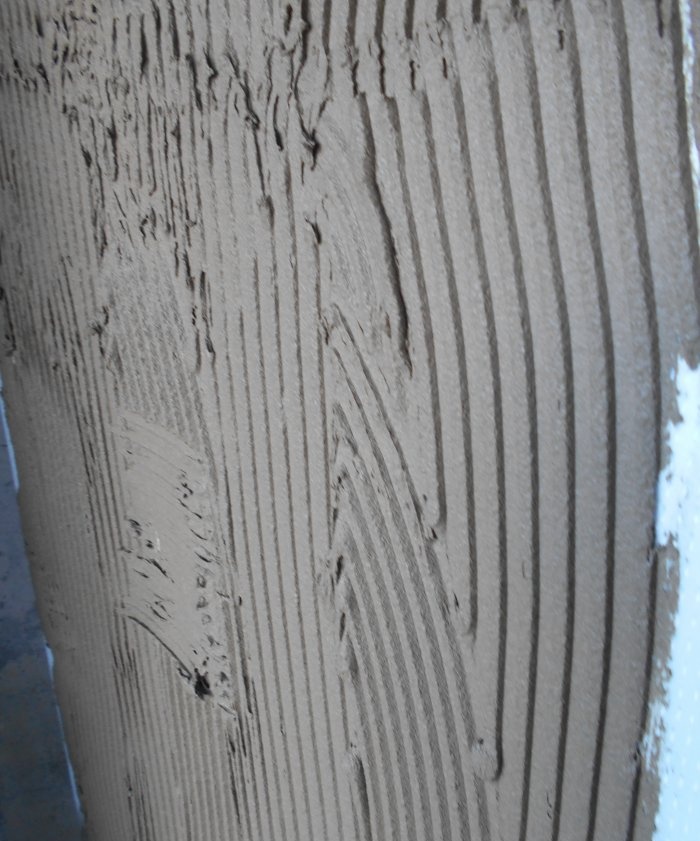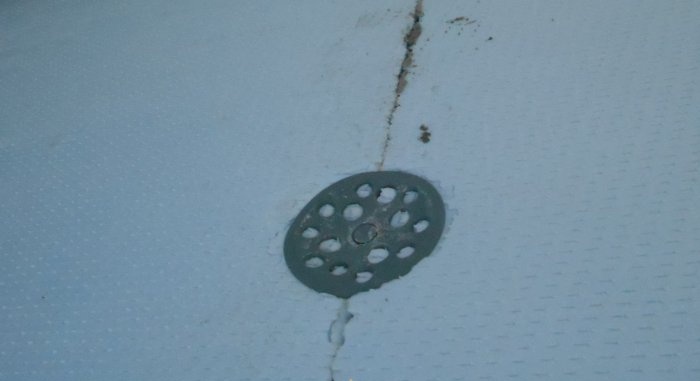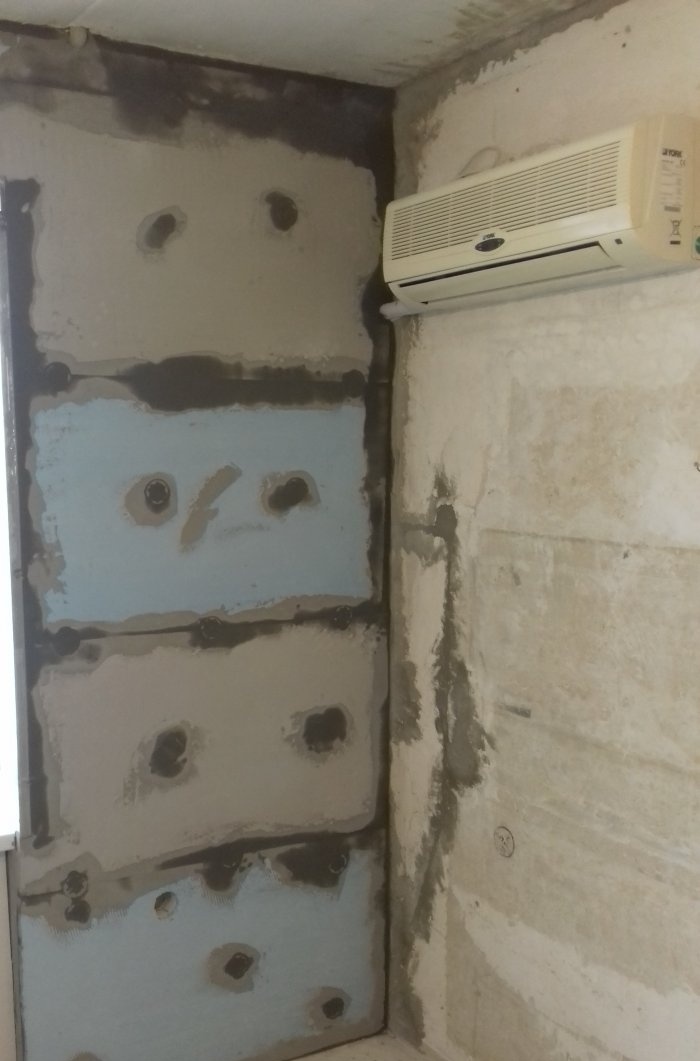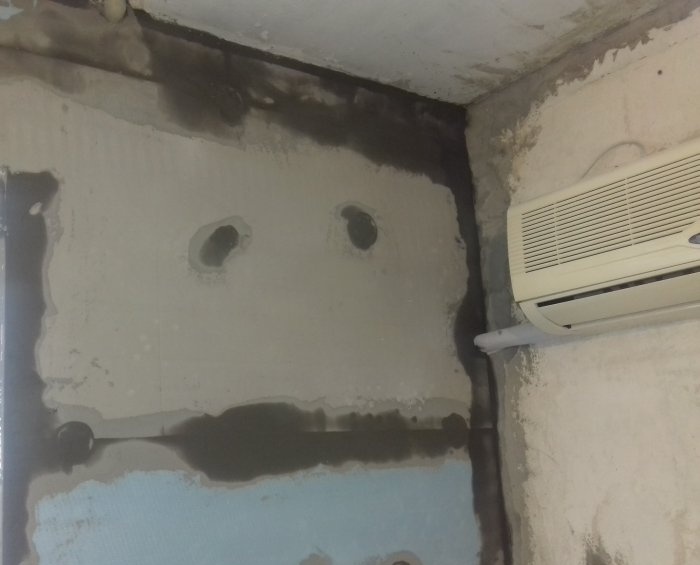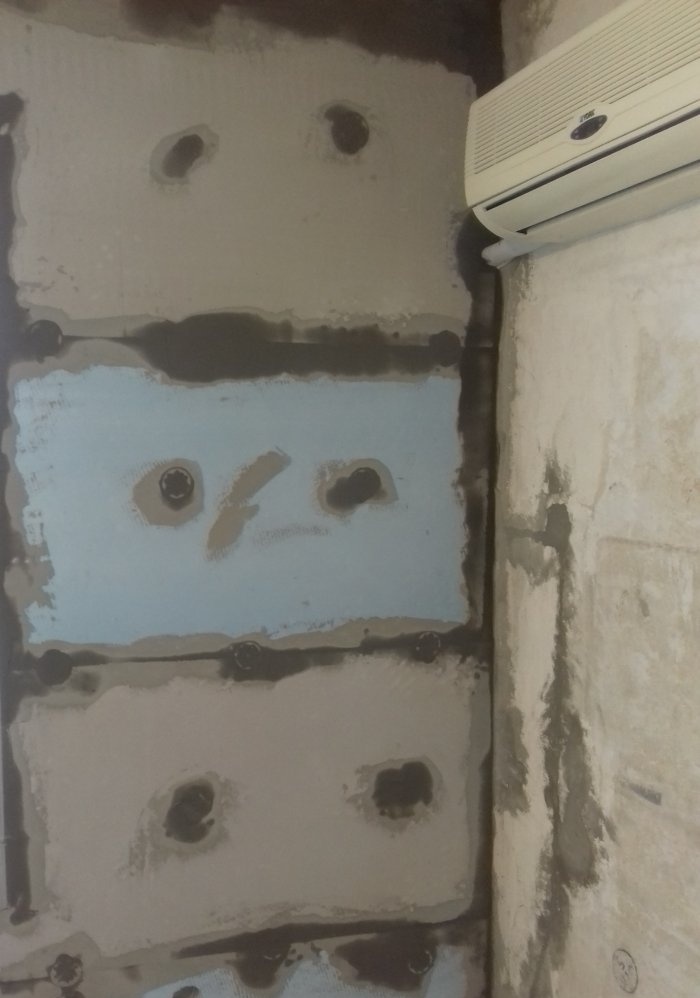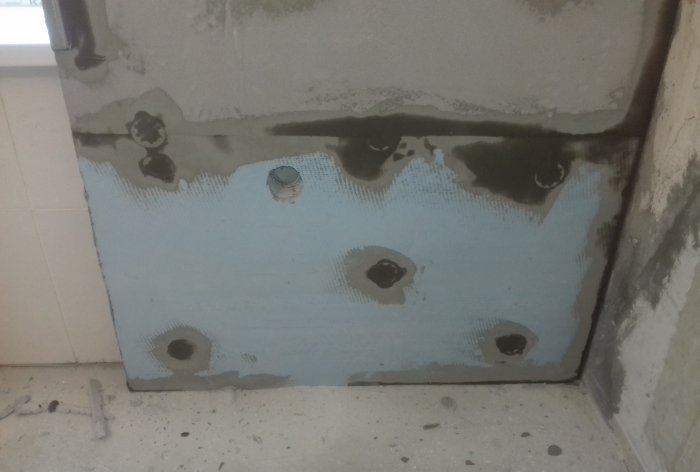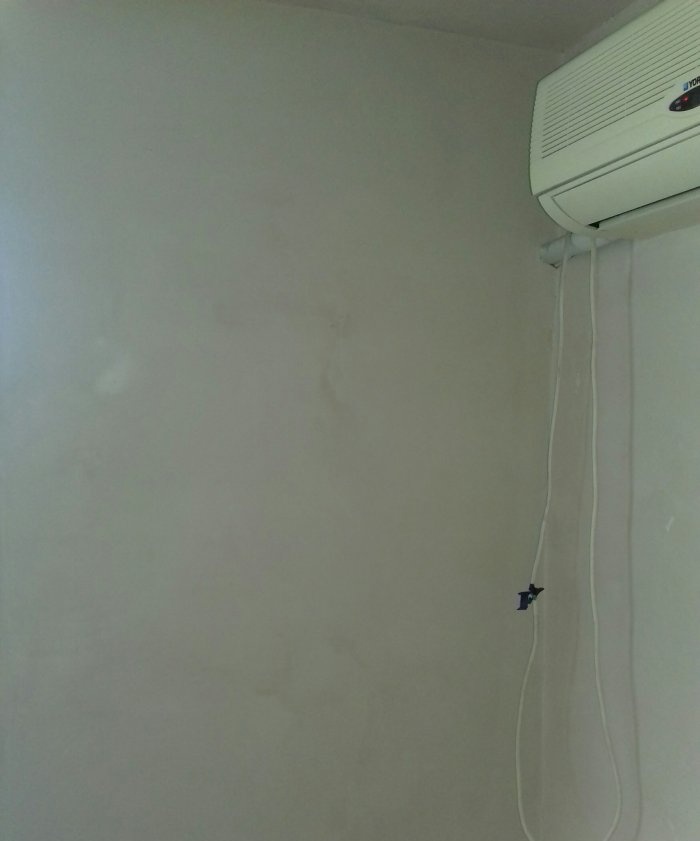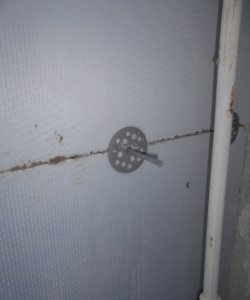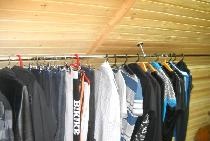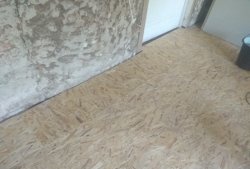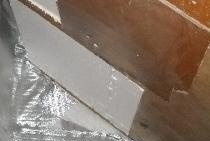Insulating a room with polystyrene foam
To ensure comfortable living in an apartment in winter, the owners line the rooms with thermal insulation coatings, among which expanded polystyrene sheets are widely used.
The internal structure of their material is unable to be destroyed by microbes, fungi, chemicals, ultraviolet rays and other environmental factors. But after covering the walls with these products, the temperature change in the heated space accelerates, moisture condenses and the area of the room decreases.
Technology of wall insulation with polystyrene foam
If the owner of a residential apartment decides to thermally insulate the walls of the room with the material in question, he needs to carefully prepare the surface. When performing this activity, large irregularities are filled with polyurethane foam, and the cracks are subjected to more complex processing. They expand and lose any remaining debris, are moistened by spraying water and filled with tile adhesive mixed with plaster in a 1:1 ratio. After filling the cracks, the walls are finally covered with a leveling compound.
Rows of polystyrene boards are mounted using adhesive technology on an ideally prepared base, and work proceeds from the floor level to the height of the ceiling. To improve the reliability of their fixation, it is recommended to use a polyurethane adhesive solution for interior work. The first row of insulating products is fixed at a short distance from the floor, and the dimensions of the sheets are adjusted to the characteristics of the base by cutting the material.
The perimeter of the product is treated with glue, which is then applied to a surface 200 mm from the adjacent slab and, while pressed, moves until a gap of 50 mm appears. The independent movement of the slabs, which occurs before the glue hardens under the influence of gravity, is prevented by plastic dowels with a wide head. Before installing such products, the intersection of the gaps between adjacent elements of the thermal insulation cladding is equipped with a hole the width of which is later than the dowel screwed into it.
The length of the fixing element must correspond to the thickness of the sheet, and the seams between the fixed polystyrene foam must be sealed with polyurethane foam. The excess amount of hardened sealant is cut off with a paint knife and the installation of a vapor barrier layer made of foil-coated polyethylene film begins, which prevents moisture condensation, the proliferation of pathogenic microorganisms and the spread of harmful fungi.
Canvases of this material with a thickness of at least 0.2 mm are fixed end-to-end with the foil side to the polystyrene foam over the entire surface of the insulated base, and the remaining gaps are sealed with adhesive tape, which is equipped with a layer of foil. To improve the property's aesthetic appeal, the surface equipped with a vapor barrier film is covered with plaster mortar.Before work, a fiberglass mesh with 5-mm cells is laid, which increases the adhesion force of the solution to the base.
The sheets of this material are fixed with an overlap of 100 mm and attached to the insulated walls using plastic dowels. The mesh is treated with glue, the layer thickness of which must be 2 mm, and the corners are equipped with metal profiles. In order to acquire aesthetic appeal, walls insulated using the technology considered are subjected to finishing and installation of decorative coatings that are compatible with the interior design style.
Similar master classes
Particularly interesting
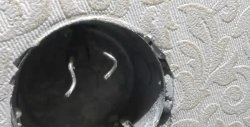
How to install a socket if there are short wires left
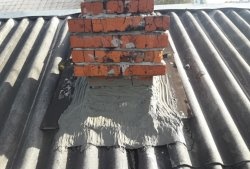
How to eliminate gaps between the chimney and slate
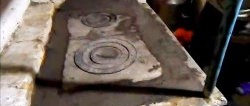
How to mix an ultra-reliable solution for the oven that does not give
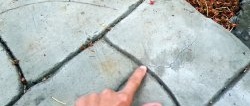
There will be no more cracks: What to add to concrete to make it
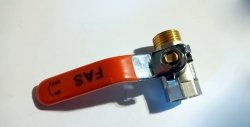
Never buy ball valves without checking with me
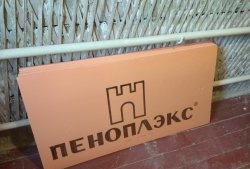
New technology for floor insulation with penoplex
Comments (7)


